The European Commission’s Blockchain Approach
If you have been following the news lately, chances are that you have heard about the accelerating changes in the blockchain/crypto world. Many people are now asking the question, “What are the EU’s plans in relation to these emerging opportunities?”
The EU has already taken its first major steps into the right direction with the creation of the European Blockchain Partnership (EBP) and the establishment of the European Blockchain Services Infrastructure (EBSI) in 2018.
EBSI is a network of distributed nodes across Europe that will deliver cross-border public services. It is going to enhance the way citizens, governments and businesses interact. The development of EBSI 1.0 was completed in 2020 and offers first implementations such as Trusted Data Sharing for customs and tax authorities in the EU as well as a first draft of a Self-Sovereign Identity model in Europe, allowing users to create and control their own identity across borders.
With the regulations of MIFID II, the European Commission primarily ensured more legal certainty in the area of tokenization of assets, which was rewarded by increased demand and development from the economy. Through the Markets in Crypto-Assets (MICA) proposal announced in September 2020 (security token offerings are excluded from this), the EU wants to regulate the distribution, trading and issuing of digital currencies and crypto-assets uniformly in the EU, following the example of MIFID II. Through uniform regulations, the EU hopes for more legal certainty and thus more innovation.
The member states wanted to involve companies, academia and the blockchain community in their decision-making. The European Union Blockchain Observatory and Forum as well as the International Association of Trusted Blockchain Applications (INATBA) are the main institutions responsible for this dialogue.
It would make sense for the EU to follow Estonia’s example and shift more and more administrative activities to the blockchain in order to be able to work more cost-effectively and to ensure data security. Estonia was the first country to integrate blockchain on a national level with its blockchain called KSI. KSI offers a wide range of possibilities, such as setting up a company in just three hours or voting online, which saved Estonia a cumulative 11,000 working days in the last elections.
Due to its decentralized nature, the blockchain offers more security against total failures, mistakes by individuals or abuse by third parties. A quote from Nassim Nicholas Taleb illustrates the dangers that the current monopolization without the application of decentralized systems bears for us “Globalization creates interlocking fragility, while reducing volatility and giving the appearance of stability. In other words, it creates devastating Black Swans. We have never lived before under the threat of a global collapse. Financial institutions have been merging into a smaller number of very large banks. Almost all banks are interrelated. So the financial ecology is swelling into gigantic, incestuous, bureaucratic banks — when one fails, they all fall. The increased concentration among banks seems to have the effect of making financial crisis less likely, but when they happen, they are more global in scale and hit us very hard. We have moved from a diversified ecology of small banks, with varied lending policies, to a more homogeneous framework of firms that all resemble one another. True, we now have fewer failures, but when they occur… I shiver at the thought.”




